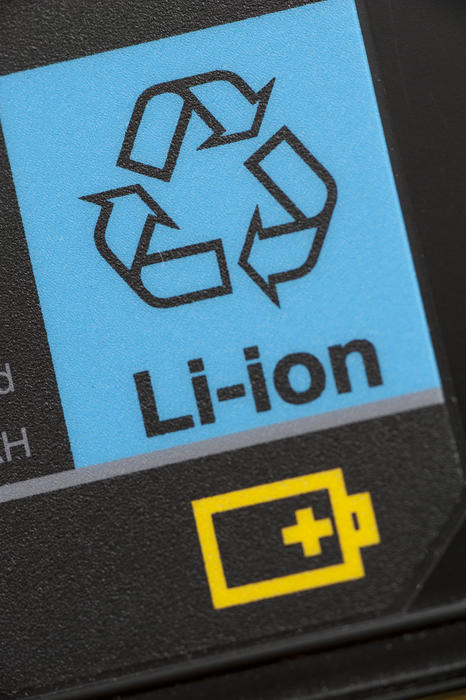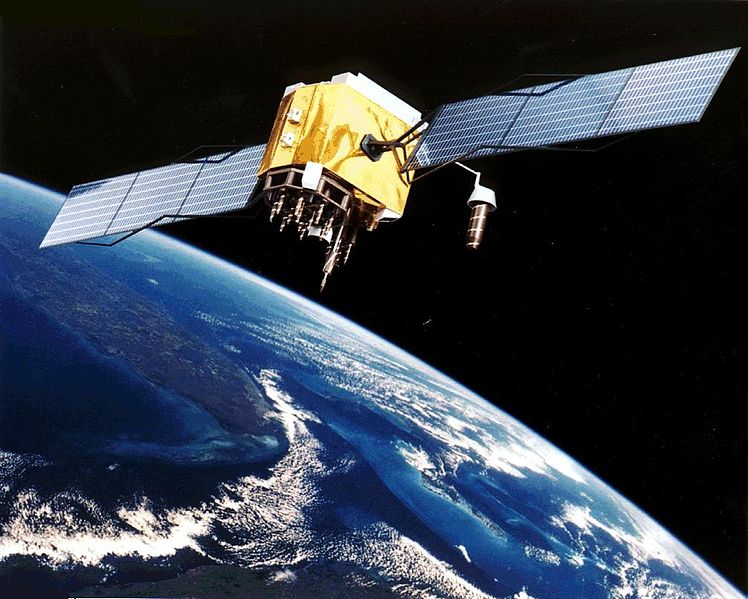One of the most crucial technologies for climate change mitigation is clandestine yet omnipresent. Batteries, which can power zero emission vehicles and complement intermittent renewable energy sources such as solar or wind, will allow society to develop effective and competitive clean energy solutions. Lithium ion batteries specifically hold an important role, powering high-growth products suchs mobile electronics and electric vehicles (EVs). The sector is growing drastically. The demand for lithium, a fundamental component of Lithium Ion batteries, is expected to increase 5-fold by 2030 with EVs driving the growth, accounting for 79% of the total, up from 24% today. But the truth about batteries reveals that without adequate battery recycling technologies, the transition to a cleaner economy will be tainted, as batteries also have a negative environmental impact in terms of both greenhouse gas (GHG) emissions and general ecotoxicity. This article highlights these impacts and stresses the importance of investment in the battery recycling industry.
Lithium-ion batteries and their value chains are complex. In fact, “Lithium-ion” is not a specific battery type but rather a moniker for a broader category of batteries where lithium is used as anode while various chemistries are used in the cathode, the positive and negative terminals of the battery. Depending on the battery type, as many as 20 different materials are required to create a final product. It is the complex value chain that creates environmental sustainability issues for batteries. To start, lithium, a metal, is present in all Lithium-ion batteries (as the name suggests). Lithium is found in abundance in South America, the Andes region, and China. Currently, the most common process for extracting lithium involves pumping a high-salinity mixture into soil containing lithium, oversaturing the earth and bringing the mineral-rich brine to the surface. The mixture is left to evaporate over 12-18 months and lithium carbonate can then be extracted. This method, though not GHG intensive, uses large amounts of water – approximately 1.5 million litres per metric ton of lithium carbonate. Bolivia and Chile, where lithium is prevalent, are both severely drought prone, and mineral extraction is therefore threatening the livelihoods of local farmers and inhabitants. Additionally, the saline mixture used for extraction has reportedly negative effects on the surrounding communities, with reports of the toxic mixture seeping into crops and groundwater.
A multitude of factors, such as mining and mineral refining, also result in batteries having a relatively large carbon footprint. – 10-80% of an EV’s lifecycle emissions (the wide range stems from the variety of possible battery types and domestic manufacturing conditions). As a result, EVs emit more GHGs during their manufacturing phase than internal combustion engine vehicles, and depending on the energy grid used for charging, EVs may not have a positive environmental impact when compared to an ICE vehicle upwards of seven years. The emissions created during manufacturing vary geographically, with one study indicating that American-manufactured batteries emit 65% fewer emissions than their Chinese counterparts. The differences come from the cleanness of the energy grid. For instance, batteries manufactured in Quebec (99.8% renewables) will be environmentally friendly. Batteries manufactured in Alberta (91% fossil fuels) will not be. The mining aspect also presents other environmental and social challenges. This is best exemplified by the case of cobalt, a component mineral of lithium-ion batteries. As 60 percent of global cobalt production is located in the Democratic Republic of Congo, where a weak regulatory environment has led to an increase in mining associated violence and child labour.
None of the above is meant to dissuade readers from purchasing an EV or boycotting Lithium-ion batteries. Undoubtedly, advancements in the technology will drive the transition to a lower carbon future. Yet this advancement will be slowed unless the negative impacts of batteries can be mitigated. The impacts highlighted above will only worsen as demand for batteries increases, mainly through the projected exponential increase in EV sales, Recycling remains the most viable method to address this challenge. Simply put, recycling minerals from retired batteries will reduce the need to extract future minerals in the first place. Recycling can reduce the energy demand in material production by 40 to 50 percent. Yet recycling faces several barriers if it seeks to become an effective and mainstream solution. Some recycling methods, such as pyrometallurgy (smelting), generate more GHG emissions than it saves. Additionally, the relatively high cost of battery recycling means that the technology simply is not competitive at the current market prices of component materials such as lithium and nickel, which are presently low. This speaks to the need for the prioritization of the battery recycling industry. Direct recycling is a promising technology that the mineral components retain their composition followed by chemical processing. This process is both cheaper and less energy intensive than current recycling processes as it eliminates the need to deconstruct and resynthesize the materials. Direct recycling is in a nascent stage, and greater investment in the technology could lead to breakthroughs with profound impacts on environmental sustainability.
All emerging technologies encounter obstacles during their growth phase and batteries are no exception. Despite the fanfare surrounding Tesla and eMobility, EVs, the largest Lithium-ion battery consuming sector, only represent 1 percent of the cars on the road today. With rapid growth in the battery market forecasted, it is imperative that adequate battery recycling technologies are developed to mitigate the negative environmental impacts of the battery manufacturing process. Otherwise, an ostensible shift towards clean energy will be overshadowed by indirect GHG emissions and environmental damage on a large scale.
Cover Image: “Blue Recycle Label and Lithium-Ion Battery Symbol”, by freebie.photography via Freeimages. Licensed under CC BY 3.0
Disclaimer: Any views or opinions expressed in articles are solely those of the authors and do not necessarily represent the views of the NATO Association of Canada.




